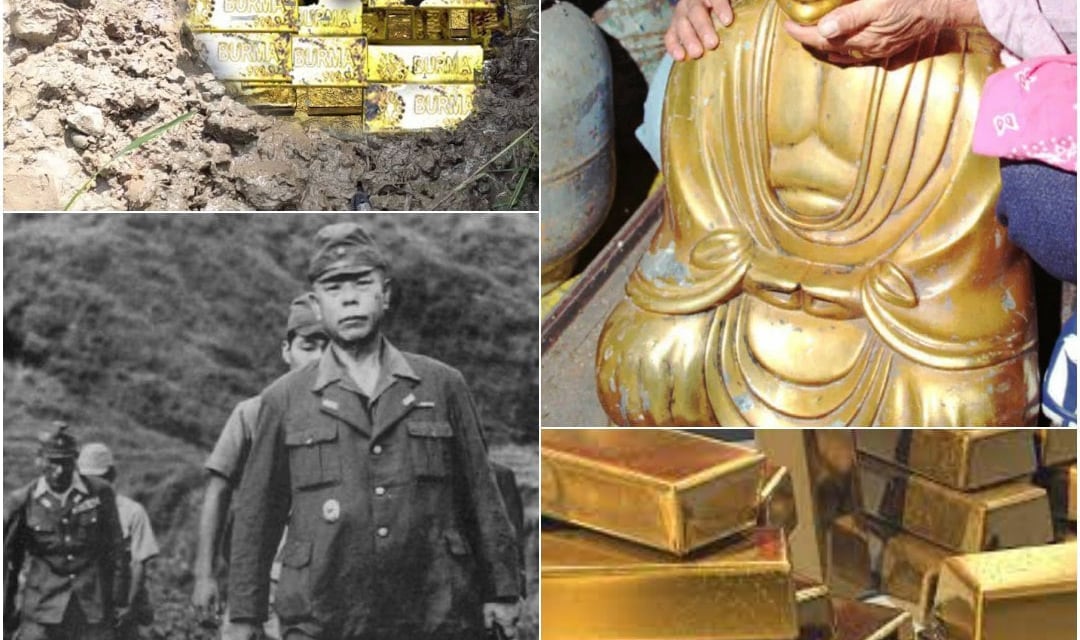Lost Treasures


The Legend of Yamashita's Gold
By: Tan Sri Son | 11/06/2025
The Legend of Yamashita’s Gold: Asia’s Most Elusive Wartime Treasure
Among the many legends of lost treasure in Asia, few have stirred as much fascination and controversy as the story of Yamashita’s Gold. Said to be a vast hoard of gold, jewels, and cultural artifacts looted during World War II, this treasure is named after General Tomoyuki Yamashita, the Japanese commander in the Philippines during the final stages of the war. While historians debate the truth of the tale, fortune hunters have spent decades scouring the Philippine islands in hopes of finding what is rumored to be one of the largest hidden treasures in history.
The story begins in the early 1940s, when Imperial Japan expanded its control across much of Southeast Asia. Japanese forces are believed to have seized enormous quantities of wealth from occupied territories, including gold bullion, precious gems, rare artworks, and religious artifacts from temples and palaces. According to the legend, these valuables were transported to the Philippines, which Japan viewed as a strategic location for hiding the loot before it could be shipped to the Japanese mainland.
General Yamashita, nicknamed the “Tiger of Malaya” for his military victories, was allegedly tasked with overseeing the concealment of this treasure. The gold is said to have been hidden in an elaborate network of tunnels, caves, and underground chambers throughout the Philippine islands—many booby-trapped to deter intruders. As the war turned against Japan, and with the U.S. forces closing in, these hiding places were sealed, sometimes with the soldiers who built them still inside.
The war ended in 1945 with Japan’s surrender, and Yamashita was captured, tried for war crimes, and executed. He never revealed any information about the treasure, fueling speculation about its existence. In the decades that followed, rumors of Yamashita’s Gold drew treasure hunters from around the world. Some claim to have found portions of it—gold bars, coins, or artifacts—though none of these discoveries have been definitively proven or officially documented.
The legend took on a darker twist in the 1970s and 1980s, when reports emerged that some individuals and governments may have recovered parts of the treasure in secret, using it to fund covert political or military operations. These allegations have kept conspiracy theories alive, further blurring the line between history and myth.
Today, Yamashita’s Gold remains a tantalizing mystery. The Philippine jungles, mountains, and caves still hold countless unexplored areas, and modern treasure hunters continue the search, often at great personal risk. For some, it is a matter of historical curiosity; for others, it is the pursuit of unimaginable wealth.
Whether Yamashita’s Gold is a real wartime hoard or simply a legend born from the chaos of war, its story reflects the human fascination with lost riches, secrecy, and the idea that somewhere, hidden beneath the earth, lies a fortune waiting to be found. Until definitive proof emerges, Yamashita’s Gold will remain one of Asia’s greatest and most enduring treasure mysteries.
Coming Soon
We're on a mission ........................

Discover our full library of The Theos e-magazines and articles — all completely free to read.
We are a crowdfunded publication, dedicated to sharing knowledge, reflection, and theology with readers around the world.
Your support and donations help us continue offering open, accessible content for everyone, everywhere.
Join us in keeping wisdom free.
@ the theos since 2023 © 2023. All rights reserved.